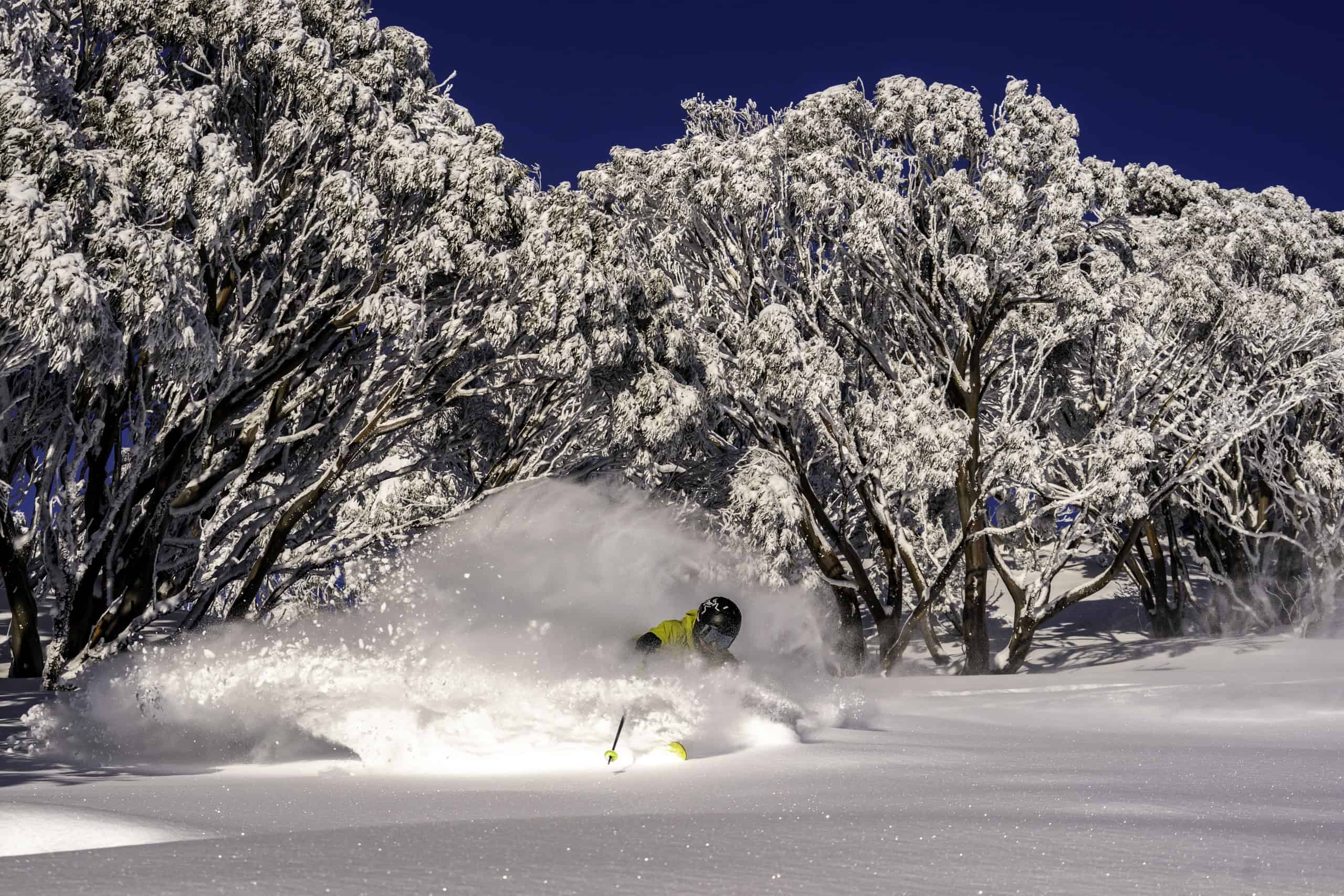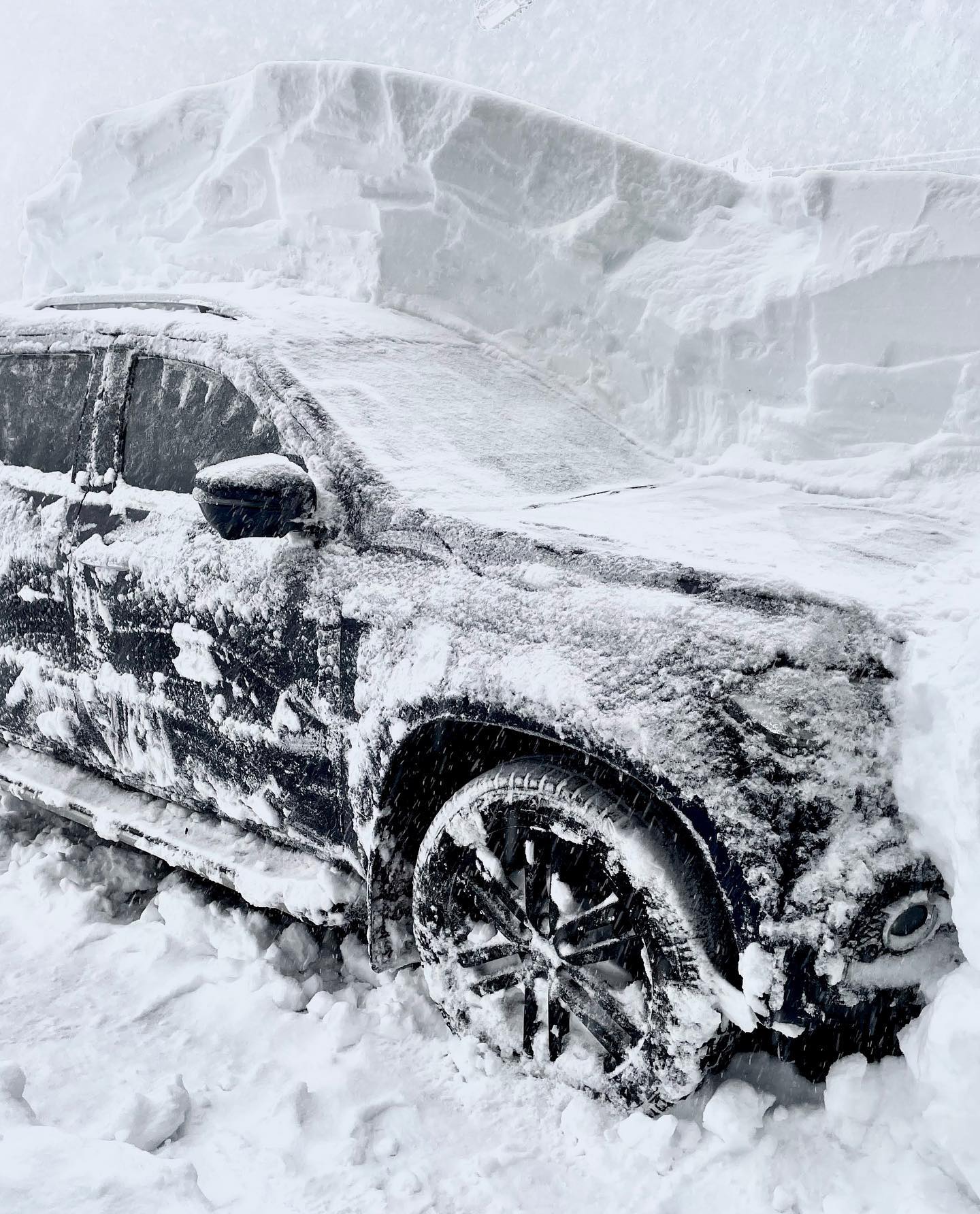Find Out the Best Times of Year to Witness Snow In Australia Firsthand
Find Out the Best Times of Year to Witness Snow In Australia Firsthand
Blog Article
The Numerous Sorts Of Snow in Australia and Their Effect On Winter Months Sports
Australia, recognized for its sun-soaked beaches, is also home to a varied variety of snow conditions that significantly influence winter season sporting activities. Each kind, from the wet coastal snow to the completely dry interior powder, presents distinct obstacles and benefits for athletes. An understanding of these variants is important for those looking for to browse the Australian slopes, as each calls for different methods and strength. The complying with exploration will certainly review the ramifications of these snow types on winter sporting activities performance.

Comprehending the Qualities of Different Snow Types
While numerous think that snow is a homogeneous entity, it is necessary to comprehend that there are different kinds, each with one-of-a-kind qualities. In Australia, these variations are specifically noticable because of climatic diversity. Coastal snow, discovered in areas such as the Snowy Hills, is typically wetter and denser as a result of high wetness material, making it perfect for snowball fights or developing snowmen. On the various other hand, the snow found in the indoor regions like the Australian Alps is drier and lighter, often compared to a cosy powder. These differences in snow kind aren't merely aesthetic; they dramatically influence wintertime sporting activities, dictating the ease of motion, the speed obtainable, and the level of control required from athletes.
The Influences of Powder Snow on Winter Sports and Snowboarding
In spite of its light and cosy appearance, powder snow in the Australian Alps offers both one-of-a-kind difficulties and chances for winter season sports enthusiasts, especially those engaged in snowboarding and snowboarding. The loosened, completely dry nature of powder snow can initially be challenging to browse for beginners, needing cautious equilibrium and control. Nevertheless, for even more experienced practitioners, the soft, untracked snow supplies an exciting experience, enabling vibrant and nimble motion. The forgiving and smooth surface area of powder snow also lowers risk of injury during drops, making it a recommended choice for severe winter sporting activities. It's worth keeping in mind, the differing deepness and unforeseeable nature of powder can occasionally lead to hidden barriers, calling for continuous caution.

The Challenges and Benefits of Packed Snow in Wintertime Sports
Moving emphasis from the loose, dry powder snow, one more common type of snow in the Australian Alps is jam-packed snow, posturing its own set of challenges and benefits in the realm of wintertime sporting activities. Managing and navigating turns speed can be hard on jam-packed snow, other calling for higher ability levels from athletes. In spite of these obstacles, packed snow continues to be an important aspect in numerous winter months sports, shaping the performance and techniques of athletes.
The Role of Wet Snow in Australian Winter Gamings
In contrast to the thick, glossy surface of jam-packed snow, damp snow plays a completely different function in Australian winter season games. Characterised by its high dampness content, damp snow affects the speed and control of wintertime sports individuals. Its heavy, sticky nature can be challenging for professional athletes, especially in winter sports and snowboarding where rate and manoeuvrability are important. However, its pliability makes it excellent for snow sculpting events and for fortifying snow frameworks in sports like snow ft battles. Despite its challenges, damp snow introduces a special dynamic to winter games in Australia, screening professional athletes' versatility and durability, and offering as a reminder of the diverse weather they have to be prepared to face.

Exactly How Slushy Snow Influences Winter Sports Efficiency
Proceeding the exploration of varying snow conditions in Australia, the influence of slushy snow on winter season sporting activities is an additional interesting factor. Slushy snow, arising from warmer temperature click over here levels or straight sunshine, positions distinct difficulties to professional athletes. It decreases speed and requires raised exertion as the equipment penetrates the soft, water-saturated snow. In skiing and snowboarding, slushy problems can affect the predictability of jumps and turns, enhancing the risk of crashes. For snowmobiling, the machine's efficiency might be hindered as it struggles to maintain traction. Therefore, slushy snow changes the winter season sports landscape, requiring not only enhanced physical effort from professional athletes yet likewise a higher focus on safety preventative measures.
Adapting Winter Sports Techniques to Numerous Snow Problems

Final Thought
In verdict, Australia's diverse snow types dramatically affect winter season sports efficiency. Each kind, from the glossy seaside snow to the drier interior powder and the heavy, sticky damp snow, presents distinct obstacles and benefits.
Changing focus from the loosened, dry powder snow, an additional widespread type of snow in the Australian Alps is jam-packed snow, posing its own set of challenges and benefits in the world of winter months sports - Does Australia Get Snow.In comparison to the thick, glossy surface of packed snow, wet snow plays a completely various role in Australian winter games. Its pliability makes it optimal for snow sculpting occasions and for strengthening snow structures in sports like snow ft battles.Proceeding the exploration of varying snow conditions in Australia, the impact of slushy snow on winter season sports is another intriguing aspect. Each kind, from the glossy seaside snow to the drier interior powder and the hefty, sticky wet this link snow, offers one-of-a-kind challenges and advantages
Report this page